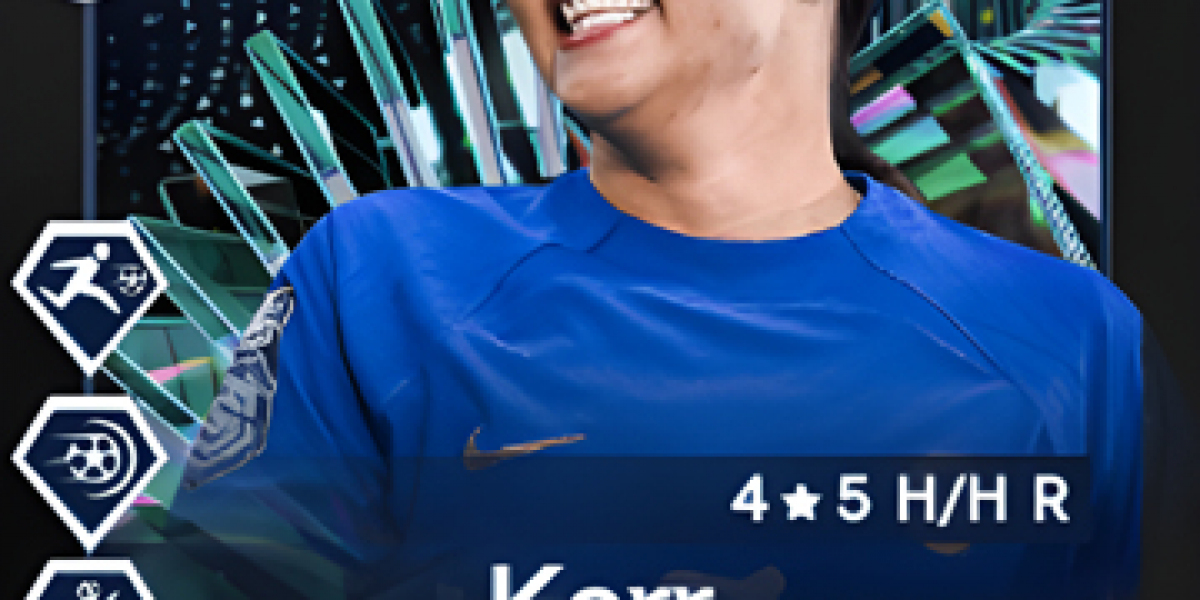Welcome to ProgrammingHomeworkHelp.com, your trusted partner in navigating the intricate world of Artificial Intelligence (AI) assignments. Today, we delve into the realm of AI problem-solving, providing invaluable insights into tackling challenging questions. Whether you're a student seeking clarity or an enthusiast craving knowledge, join us as we unravel the mysteries of AI together.
Question 1:
Problem Statement:
Implement a genetic algorithm to solve the Traveling Salesman Problem (TSP) for a given set of cities and distances between them. Assume the following:
- A set of cities with unique identifiers and their respective coordinates is provided.
- The distance between two cities is Euclidean distance.
- The genetic algorithm should aim to find the shortest possible route that visits each city exactly once and returns to the starting city.
Solution:
import numpy as np
import random
def euclidean_distance(city1, city2):
return np.linalg.norm(city1 - city2)
def total_distance(route, cities):
dist = 0
for i in range(len(route) - 1):
dist += euclidean_distance(cities[route[i]], cities[route[i+1]])
dist += euclidean_distance(cities[route[-1]], cities[route[0]])
return dist
def initialize_population(pop_size, num_cities):
population = []
for _ in range(pop_size):
population.append(random.sample(range(num_cities), num_cities))
return population
def genetic_algorithm(cities, pop_size=100, num_generations=1000, mutation_rate=0.01):
num_cities = len(cities)
population = initialize_population(pop_size, num_cities)
for _ in range(num_generations):
population = sorted(population, key=lambda x: total_distance(x, cities))
next_generation = population[:pop_size // 2]
for _ in range(pop_size // 2):
parent1, parent2 = random.sample(next_generation, 2)
crossover_point = random.randint(0, num_cities - 1)
child = parent1[:crossover_point] + [city for city in parent2 if city not in parent1[:crossover_point]]
if random.random() < mutation_rate:
mutation_point1, mutation_point2 = random.sample(range(num_cities), 2)
child[mutation_point1], child[mutation_point2] = child[mutation_point2], child[mutation_point1]
next_generation.append(child)
population = next_generation
best_route = population[0]
shortest_distance = total_distance(best_route, cities)
return best_route, shortest_distance
# Example usage
cities = np.array([[0, 0], [1, 2], [3, 1], [2, 4], [4, 3]])
best_route, shortest_distance = genetic_algorithm(cities)
print("Best Route:", best_route)
print("Shortest Distance:", shortest_distance)
Explanation:
This solution employs a genetic algorithm to tackle the Traveling Salesman Problem. The initialize_population function creates an initial set of routes randomly. The genetic_algorithm function evolves this population over generations using selection, crossover, and mutation operations. Finally, it returns the best route found along with its total distance.
Question 2:
Problem Statement:
Design a convolutional neural network (CNN) for image classification using the CIFAR-10 dataset. Implement the CNN architecture and train it on the dataset. Evaluate its performance using appropriate metrics and visualize the results.
Solution:
import tensorflow as tf
from tensorflow.keras import datasets, layers, models
import matplotlib.pyplot as plt
# Load CIFAR-10 dataset
(train_images, train_labels), (test_images, test_labels) = datasets.cifar10.load_data()
# Normalize pixel values to range [0, 1]
train_images, test_images = train_images / 255.0, test_images / 255.0
# Define CNN architecture
model = models.Sequential([
layers.Conv2D(32, (3, 3), activation='relu', input_shape=(32, 32, 3)),
layers.MaxPooling2D((2, 2)),
layers.Conv2D(64, (3, 3), activation='relu'),
layers.MaxPooling2D((2, 2)),
layers.Conv2D(64, (3, 3), activation='relu'),
layers.Flatten(),
layers.Dense(64, activation='relu'),
layers.Dense(10)
])
# Compile and train the model
model.compile(optimizer='adam',
loss=tf.keras.losses.SparseCategoricalCrossentropy(from_logits=True),
metrics=['accuracy'])
history = model.fit(train_images, train_labels, epochs=10,
validation_data=(test_images, test_labels))
# Evaluate the model
test_loss, test_acc = model.evaluate(test_images, test_labels, verbose=2)
print("Test Accuracy:", test_acc)
# Visualize model training history
plt.plot(history.history['accuracy'], label='accuracy')
plt.plot(history.history['val_accuracy'], label = 'val_accuracy')
plt.xlabel('Epoch')
plt.ylabel('Accuracy')
plt.ylim([0, 1])
plt.legend(loc='lower right')
plt.show()
Explanation:
This solution demonstrates the implementation of a CNN using TensorFlow/Keras for image classification on the CIFAR-10 dataset. The architecture consists of convolutional layers followed by max-pooling layers, flattening, and dense layers. After compiling the model, it is trained on the training dataset and evaluated on the test dataset. The training history is visualized to observe the model's performance over epochs.
Mastering artificial intelligence requires not just understanding concepts but also practical implementation. We hope these solutions shed light on how to approach complex AI problems effectively. Remember, practice and persistence are key to mastering any domain. If you need further assistance or guidance with your AI assignments, don't hesitate to reach out to us. If you need help with artificial intelligence assignment is just a click away!








